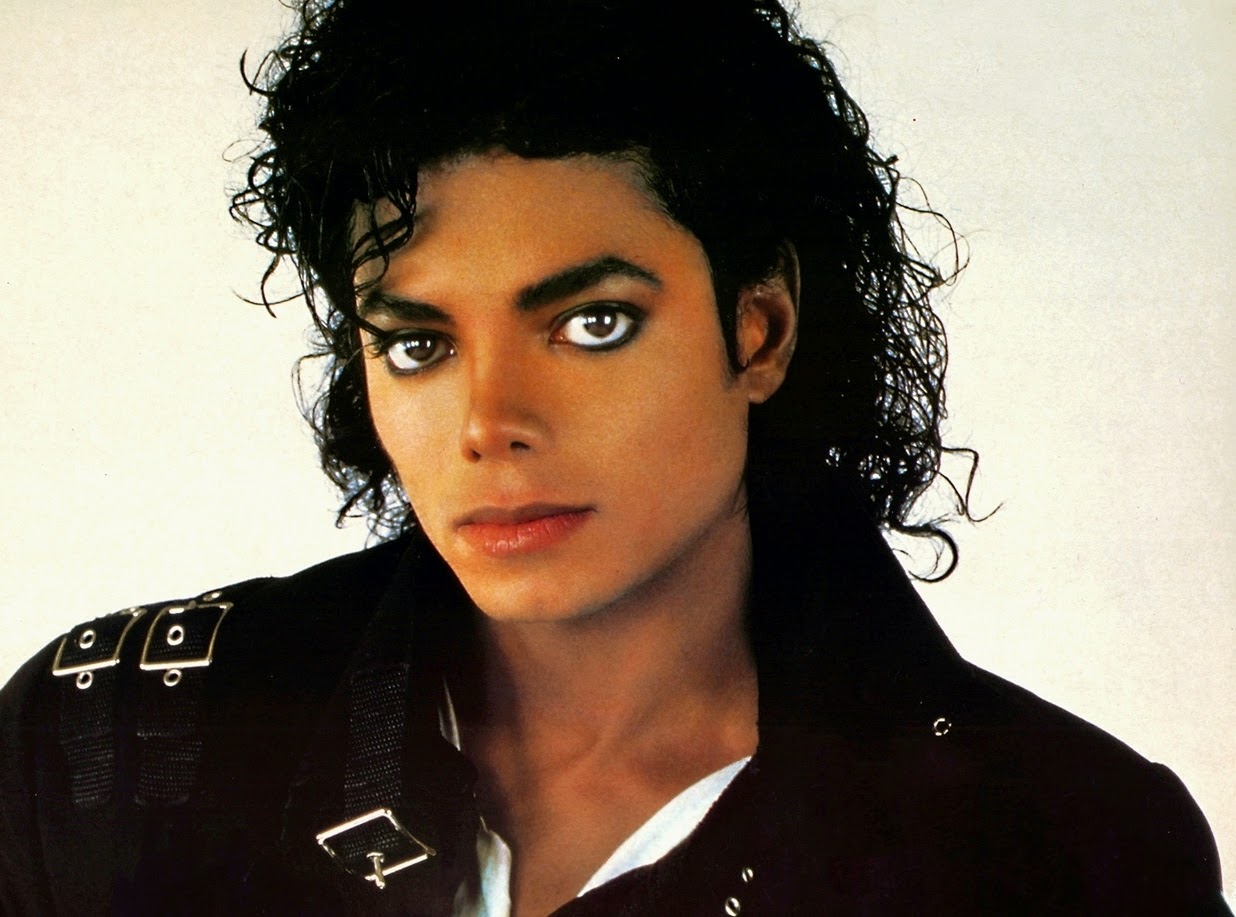Unveiling The Mystery Of Sanpaku Eyes: A Deep Dive Into Their Significance
Sanpaku eyes have intrigued many, becoming a subject of fascination not only in the realm of aesthetics but also in psychology and culture. Derived from the Japanese term "sanpaku," which translates to "three whites," this distinctive eye condition is characterized by an excess of visible sclera, or the white part of the eye, either above or below the iris. While some view this physical trait as a mere quirk, others attribute deeper meanings to it, linking it to a person's mental state or health. The concept of sanpaku eyes has been popularized by various cultural figures, sparking discussions about their significance and connection to one's life and personality.
Throughout history, there have been many interpretations surrounding sanpaku eyes. Some cultures believe that individuals with this eye characteristic may possess an unusual sensitivity to their surroundings or heightened intuition. Others associate sanpaku eyes with potential health issues or emotional imbalance. This duality in perception has led to an ongoing debate about the implications of having such eyes, making it a topic worthy of exploration. In this article, we will delve deeper into the origins of sanpaku eyes, their cultural significance, and how they are perceived in modern society.
To better understand the phenomenon of sanpaku eyes, we will look into notable figures who have exhibited this eye trait. Through their stories and experiences, we aim to uncover the various interpretations and meanings attributed to sanpaku eyes. Join us as we unravel the enigma of this unique eye condition and its implications on health, personality, and culture.
What Are Sanpaku Eyes?
Sanpaku eyes refer to the condition where the white part of the eyes is visible either above or below the iris. Typically, a healthy eye should show minimal sclera, leading to a more balanced appearance. However, in individuals with sanpaku eyes, the excess sclera can create a striking visual effect. This condition can be caused by various factors, including genetics, health issues, or even lifestyle choices.
How Are Sanpaku Eyes Viewed in Different Cultures?
The perception of sanpaku eyes varies significantly across cultures. In Japan, the phenomenon is often viewed with a sense of caution, linked to the idea that individuals with this eye trait may be more prone to misfortune or emotional distress. Conversely, in Western cultures, sanpaku eyes have been romanticized and associated with creativity or artistic talent. This dichotomy creates an interesting dialogue about the meanings we attribute to physical traits.
Are Sanpaku Eyes a Sign of Mental or Physical Health Issues?
Many believe that sanpaku eyes can be indicative of underlying health concerns or emotional instability. Some studies suggest that excessive visibility of the sclera may correlate with anxiety, depression, or other mental health conditions. However, it's essential to approach this notion with caution, as not everyone with sanpaku eyes experiences these issues. It is crucial to remember that physical traits can be influenced by numerous factors, and one should not jump to conclusions based solely on appearance.
Who Are Some Famous People with Sanpaku Eyes?
Throughout history, several prominent figures have exhibited sanpaku eyes. Their stories often reflect the diverse interpretations and implications of this eye condition. One notable example is the legendary musician John Lennon, whose sanpaku eyes became a defining feature of his persona. Others include the renowned actress Marilyn Monroe and the controversial filmmaker Alfred Hitchcock. Each of these individuals has left an indelible mark on culture, challenging the perceptions associated with their unique eye trait.
| Name | Profession | Notable Work | Years Active |
|---|---|---|---|
| John Lennon | Musician | The Beatles | 1960-1980 |
| Marilyn Monroe | Actress | Some Like It Hot | 1945-1962 |
| Alfred Hitchcock | Filmmaker | Psycho | 1925-1980 |
What Do Sanpaku Eyes Reveal About Personalities?
Many people believe that sanpaku eyes can provide insights into an individual's personality and character traits. Some claim that those with this eye condition possess heightened intuition, creativity, or sensitivity. Others suggest that the visible sclera may indicate a tendency towards anxiety or emotional challenges. However, personality traits are complex and multifaceted, making it difficult to generalize based solely on physical appearance.
Can Sanpaku Eyes Be Treated or Altered?
For those who wish to alter their appearance due to sanpaku eyes, various options exist. Cosmetic procedures, such as eyelid surgery or treatments to address underlying health issues, can help modify the appearance of the eyes. However, individuals should consult with medical professionals before pursuing any procedures, as every case is unique and requires careful consideration.
Are There Any Myths Associated with Sanpaku Eyes?
Numerous myths surround sanpaku eyes, often perpetuated by cultural beliefs and anecdotal evidence. Some claim that individuals with sanpaku eyes are cursed or destined for a life of hardship. Others believe they possess superior intuition or are more likely to experience spiritual awakenings. While these myths can be intriguing, it’s essential to approach them with skepticism and recognize that they do not necessarily reflect reality.
How Can Understanding Sanpaku Eyes Enhance Self-Awareness?
Understanding the implications of sanpaku eyes can lead to greater self-awareness and acceptance. By recognizing the cultural and psychological interpretations associated with this eye trait, individuals can better appreciate their unique characteristics. Embracing one’s physical traits, including sanpaku eyes, may foster a sense of confidence and self-acceptance, encouraging personal growth and resilience.
What Should You Take Away from the Concept of Sanpaku Eyes?
Sanpaku eyes provide a fascinating lens through which we can explore beauty, health, and personality. Whether viewed as a sign of misfortune or a mark of artistic sensitivity, this eye condition invites us to question our perceptions of physical traits. Ultimately, sanpaku eyes remind us that our differences can be our strengths, encouraging us to embrace our uniqueness and appreciate the diverse perspectives that contribute to the human experience.
Article Recommendations


